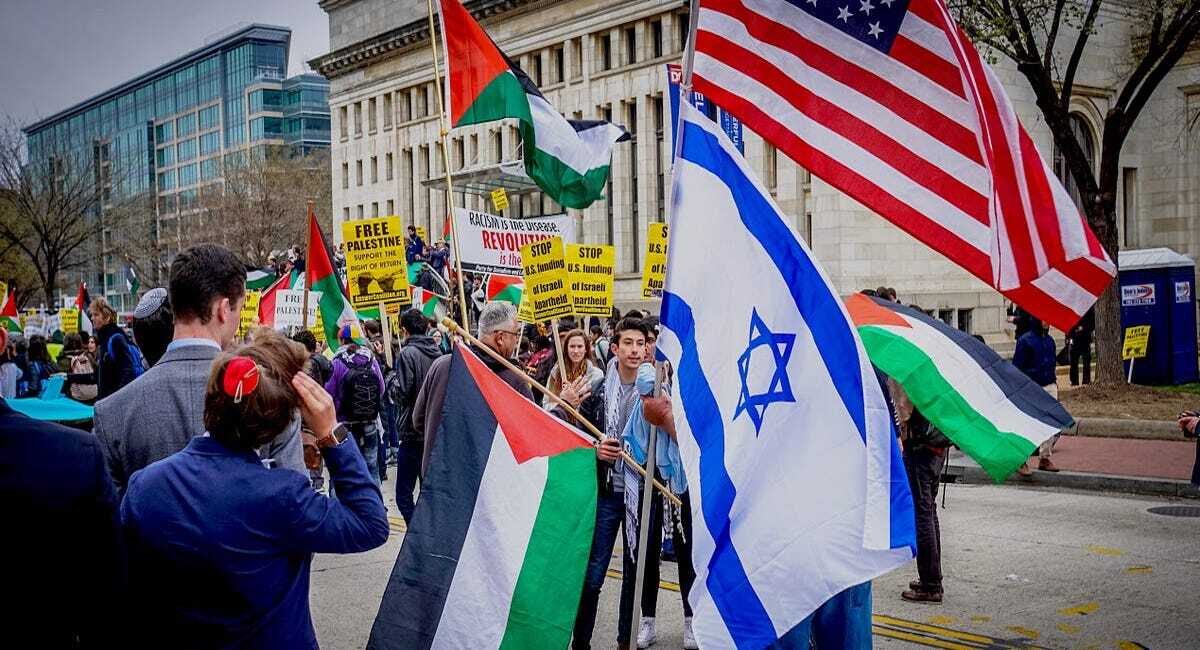Al-Tantura Massacre: Silencing The Voices of The Subaltern
The Nakba (Catastrophe) rests in the collective memory of the Palestinian people. All 13.8 million Palestinians worldwide are connected to one land, a land they've been deprived from either returning to, or living in it with equality and dignity. While Israeli crimes persist unabated, Palestinians remember the past in vivid detail, and pass on that knowledge to their progeny.
Israel was created on the ruins of 500 Palestinian villages. The depopulation and destruction of these villages vary, but one of the most notorious massacres was Tantura, a coastal village 35 kilometers south of Haifa and a few kilometers west of the main road linking Haifa to Jaffa and Tel Aviv.
Tantura was one of the tens of Palestinian villages and towns slated for expulsion under the infamous Plan Dalet, the Haganah master plan for the takeover of Palestine. On the night of May 22-23, a week after Israel declared statehood, Tantura was attacked by the israeli army’s Alexandroni Brigade from all sides, leaving no escape route. After village leaders waved a white flag, soldiers went on a killing spree, execurting at least 200 unarmed Palestinians, and burying their bodies under what is now the Dor Beach parking lot.
The Tantura massacre came to recent prominence by a student at Haifa University, whose master’s dissertation in 1998 included taped testimony from victims and soldiers. His work only confirmed — not validated— what Palestinians always knew, that more than 200 unarmed Palestinians were murdered in cold blood for being Palestinian. What was once a beautiful coastal village of 1,500, is now an Israeli recreational area with swimming facilities, and a fortress housing a museum. Israelis sunbathe, barbecue, and build sandcastles where Tantura’s 250 homes once stood.
The credibility of oral testimony to supplement written evidence can sometimes provide the skeleton of a narrative, but in the case of Tantura, it provides the meat. The view that oral testimony decades after an event has occurred is not credible or dispositive is unwarranted, especially if the source of that claim comes from apologists for such crimes. As Dr. Ilan Pappe reminds us, written documentation is not necessarily more authentic or reliable than oral history, and this is particularly true with regard to the Israel Defense Forces (IDF), whose aim, as a necessary element of Israel’s ethnic cleansing campaign, is less to report than it is to conceal. Historians are thus left with as much guesswork and imagination in reconstructing events with documents as they do with oral testimony.
The truth and history of Palestinian suffering is not dependent on validation from any written source, but it just so happens that there’s a plethora of written documentation to confirm past Israeli crimes, including the Tantura massacre. Four extracted documents from IDF archives either mentioned 20 Palestinians killed in battle, a complaint about unburied corpses leading to the spread of epidemics and typhoid, “irregularities” in Tantura, and stated that “we have tended to the mass grave, and everything is in order.”
Despite Israel’s attempt to conceal the massacre and its impact on future generations of Palestinians, the surviving victims brought it back to the fore to remind the world that the white sands at “Dor Beach” is drenched in the blood of an indigenous Palestinian community. Their testimony will pass down from generation to generation to ensure that we will never forget.



